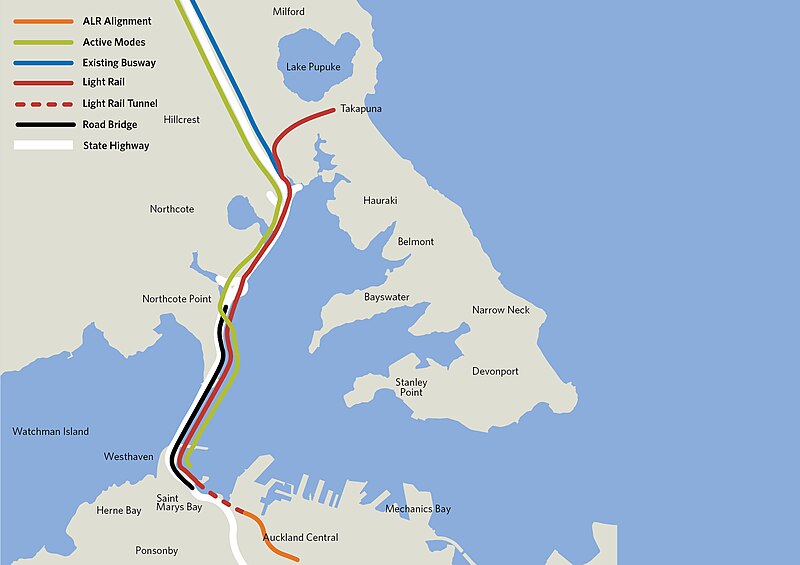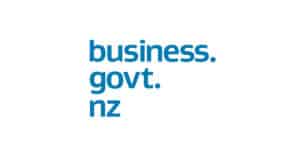Source: https://nzta-waitemataharbourconnections.cmail19.com/t/t-e-zhiijkk-jhdkdkyudl-r/
Feedback summary now available
Waitematā Harbour Connections is Aotearoa New Zealand’s most significant city-shaping project. It will change the way we cross Te Waitematā and access the wider transport system—whether that’s walking, cycling, taking the bus, travelling by light rail, driving or transporting freight—connecting people to transport options across the region and beyond.
Between March and May 2023, the Waitematā Harbour Connections project asked for people’s views about how they want to cross Te Waitematā in the future, and different rapid transit connections through the North Shore.
A summary of your feedback has now been released. You can view it online by clicking here.
What we heard
You strongly supported the need for additional harbour connections, wanting good long-term planning, future proofing Tāmaki Makaurau Auckland’s transport network.
The most important factors to you when crossing Te Waitematā are:
- Efficiency – getting around faster
- Resilience – to significant events like accidents or extreme weather
- Growth opportunities – developing and enhancing communities.
When asked about delivery, you told us what modes are most important to you:
- Light rail – 75%
- General traffic – 66%
- Walking and cycling – 63%.
For connecting the North Shore, we heard:
- A direct link for Takapuna and the Central City is the most preferred option when connecting to the North Shore
- 90% of people want to see an increasing in housing, jobs and services around both the existing Northern Busway corridor and existing communities on the North Shore.
Waitemata Harbour Connections Scenario 2:

Emerging preferred option announced
On Sunday 6 August, the Rt Hon Chris Hipkins – Prime Minister of New Zealand, and Hon David Parker – Minister of Transport, made an announcement on the emerging preferred option for the project.
The emerging preferred option for this project includes
- Northern Busway stations to be upgraded and construction of the active mode path between Constellation Drive and Akoranga Drive.
- Light rail tunnels from Wynyard Quarter to Smales Farm, via Belmont and Takapuna. Light rail tunnels from Smales Farm to Albany, via an alignment west of the busway. This will provide new underground rail stations at Belmont, Takapuna, Smales Farm, Glenfield, North Harbour, Albany West and Albany Bus Station.
- Two road tunnels with three lanes in each direction between the Akoranga Drive and the central motorway junction. Strategic route through the city with no CBD access.
- Significant maintenance upgrades to the existing Auckland Harbour Bridge (AHB) and State Highway (SH1) to be raised to protect it from sea level rise inundation. Two lanes in each direction for local CBD access.
- Dedicated busway from the Akoranga Station across the AHB to the city centre and dedicated and fully separated active mode path from Akoranga Drive across the AHB (using eastern clipons) to the city centre.
Providing modern, high-quality, and resilient infrastructure is crucial for a thriving Tāmaki Makaurau. The emerging preferred option provides the best opportunity to do this, responding directly to key problems – resilience, a lack of transport choice, and future growth.
Under this option, we’re shifting SH1 general traffic into tunnels and reducing the current number of lanes on the existing AHB – there is no increase in the existing number of peak direction vehicle lanes. SH1 through traffic will also largely be separated from traffic heading into and out of the city centre, increasing overall efficiency.
This option will also allow for staging and provide new connections that help change the way people and goods, freight and services travel across Te Waitematā and the North Shore.
Next steps
We’re incorporating what we heard in the Indicative Business Case, which is due to be completed early 2024.
We’ll also continue to talk with our partners and the community as the project progresses. There’ll be future community engagement as part of future phases.
AucklandTransport




